Ben Cruachan Dam, located in the Argyll & Bute region, is part of the Cruachan Power Station which is a pumped-storage hydroelectric generator situated in the mountains above Loch Awe. The dam was built between 1959 and 1965 by the North of Scotland Hydro-Electric Board and is unique because it’s part of a system that powers a reversible water turbine.
During periods of low electricity demand, such as at night, electricity is used to pump water from Loch Awe at the bottom of the mountain up to a reservoir at the top. During periods of high demand, the water is released back down through the turbines to generate electricity.
Although the dam itself is off-limits to visitors, it’s possible to see it close up by walking on a tarmacked road up the mountainside which offers superb views from start to finish.
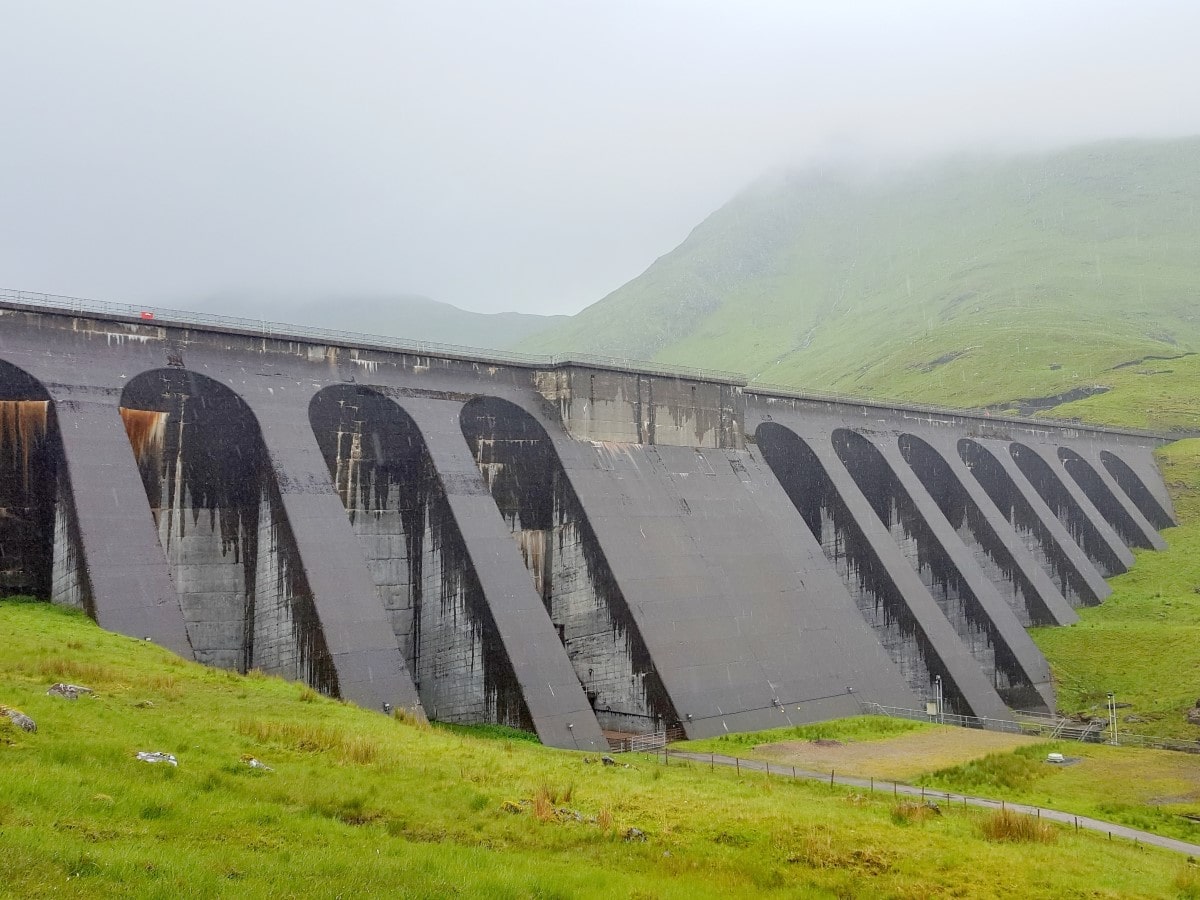
Overview

Ben Cruachan, located in western Scotland, is a majestic mountain with a peak reaching 3,694 feet. It conceals a marvel of engineering – the Cruachan Dam – which supplies energy to a power station inside the mountain itself. Known as the ‘Hollow Mountain’, this hydroelectric plant harnesses the power of water from Loch Awe.
Ben Cruachan is an 1126-metre-high mountain in the Scottish Highlands that has two claims to fame. First, it has the distinction of being the highest point in the district of Argyll and Bute. Second, it’s home to the Scottish Power hydro-electric dam that generates energy for the power station hidden deep within it.
A visit to Ben Cruachan (which isn’t actually a mountain – it’s a Munro) rewards walkers with some of the finest views in the Southern Highlands, especially if they make it to the very top of its summit where they’ll find a spectacular 360° panorama.
As the highest point of the mountain range between Loch Awe and Loch Etive, Ben Cruachan is high on the list of Munros to ‘bag’ for many climbers and hikers, but for those visitors who prefer an easier walk, it’s best to take the road to the dam halfway up it instead.
This road was built to give access to the dam for maintenance vehicles but it’s also open to the public, though it’s closed to private cars. It’s not a particularly long walk but it’s exceptionally scenic and offers a good 2-3 hour walk on a level surface, making it a good option for less able-bodied visitors.

The Highlights
1: The walk to Ben Cruachan Dam is quite easy-going and pretty much anyone will be able to enjoy the stunning views across the Scottish Highlands, no matter their level of fitness.
2: There’s a lot to do in this part of Scotland other than climb mountains. Two sightseeing ideas not far from the dam are Bonawe Historic Iron Furnace to the west and Kilchurn Castle to the east.
Visiting Tips
1: The lower section of Ben Cruachan is quite boggy so if you want to explore beyond the dam I suggest wearing waterproof hiking boots (link to my favourite boots on Amazon). If you stick to the road you shouldn’t need much more than a rainproof jacket.
2: Combine a visit to Ben Cruachan Dam with The Hollow Mountain Experience to discover how the mountain supplies energy to thousands of homes. The attraction features an exhibition and a guided tour deep inside the ‘hollow mountain’.
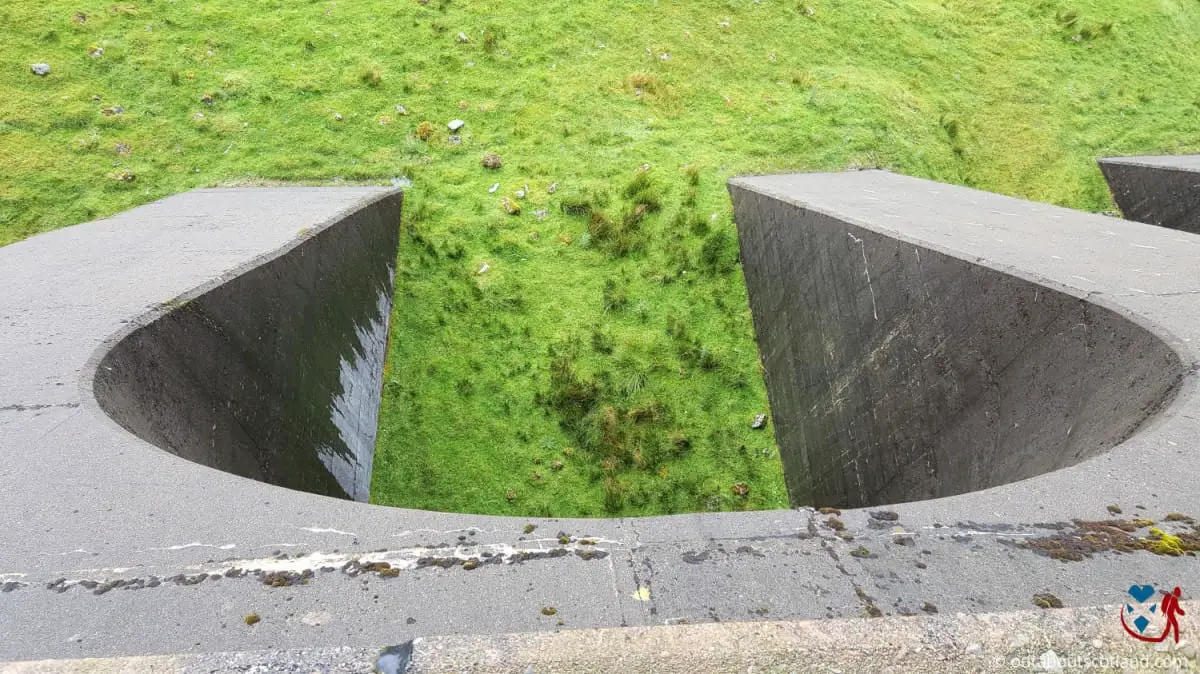
Tourist Information
The walk up the well-worn track to this remarkable feat of Scottish engineering is well worth the effort, if only to marvel at the dam which looks so out of place perched high up on the mountainside. The dam stores massive reserves of water which is piped down into the power station to power turbines that generate up to 440 megawatts of electricity. The water is then pumped back up at night when the energy is cheaper. Clever stuff.
Ben Cruachan is part of a ring of mountains known as the Cruachan horseshoe which overlooks Loch Awe and Loch Etive, and a gentle climb to the summit reveals both the loch and the surrounding mountains in all their glory.
Although car parking is limited there are a couple of lay-bys along the road beneath the Munro, and during the week there are usually only a few visitors so it’s usually possible to find a space. Weekends are very different though, as Ben Cruachan is a popular hiking spot so you may find there are no parking spaces available from Friday to Sunday. As the road is narrow and twisting, it’s best to return another day rather than risk parking on the roadside.
If walking along the road sounds too easy, you can take a steeper climb by following the path that leads out from the railway station a short distance from the Ben Cruachan ‘Hollow Mountain’ visitor centre, although this route takes you through muddy fields so be sure to wear waterproof walking boots.
After visiting the dam, I recommend joining a tour of the Hollow Mountain as it takes you deep underground into the maze of tunnels that have been bored into Ben Cruachan. These tunnels are huge and open up to a cathedral-sized room that houses the giant hydroelectric turbines, so if you have any interest in engineering it’s a must-visit attraction.
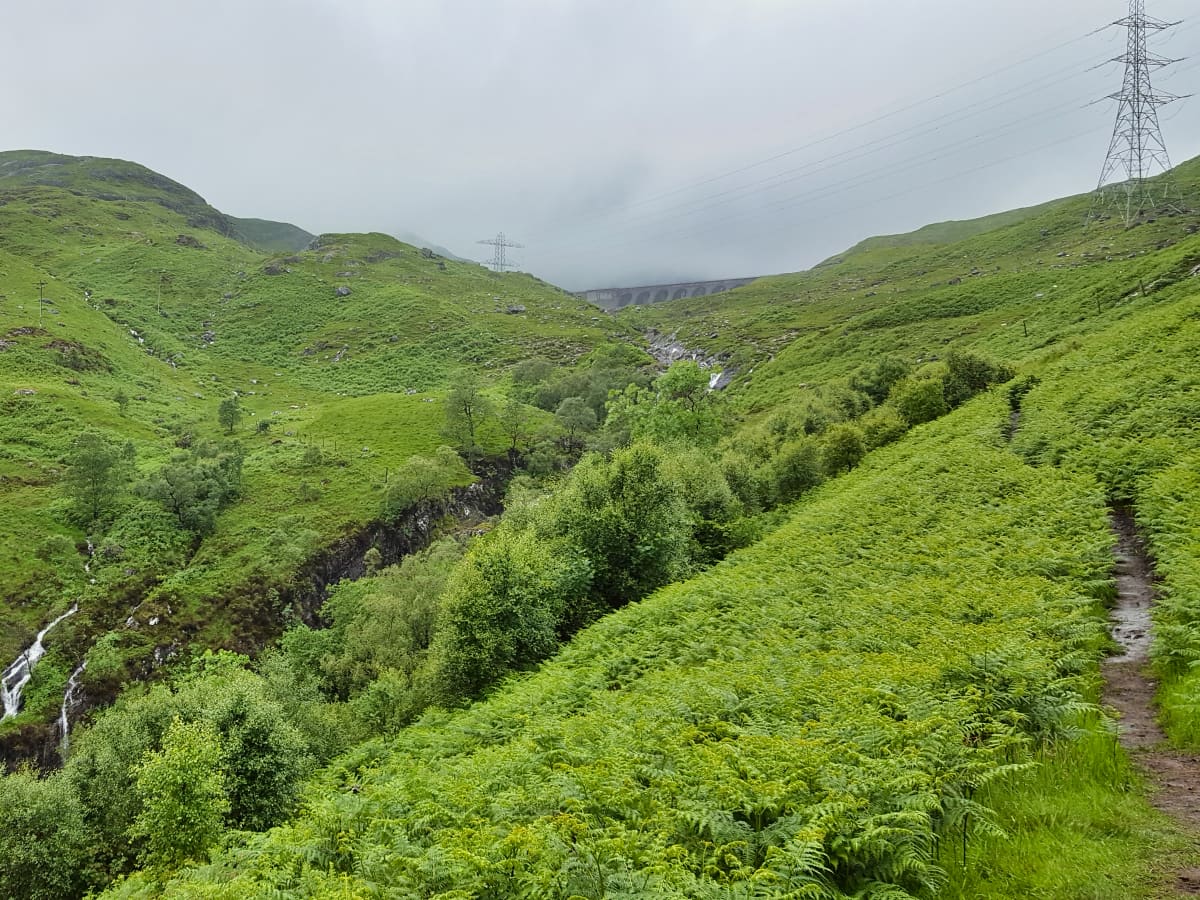
Directions
Ben Cruachan Dam is not accessible by car, but it’s a nice walk and you can enjoy stunning views at the top. From the Scottish Power visitor centre, turn right and drive to Loch Awe village. After the 30 mph sign, take the first road on the left which is signposted St. Conan’s Road.
There is space on this turning for a couple of cars, or you’ll find roadside spaces near St. Conan’s Kirk (Lochawe, Dalmally, PA33 1AQ). There’s a footpath from the kirk which ends at the entrance to the Cruachan Dam turning. At this point, you’ll find a padlocked gate which blocks the road but which allows access for walkers. Now simply follow the road up the mountain to the dam.
The road is three miles long, has a good surface all the way, and climbs gradually across the hillside. It’s an easy walk and I’d say most people will manage it, no matter their fitness level.
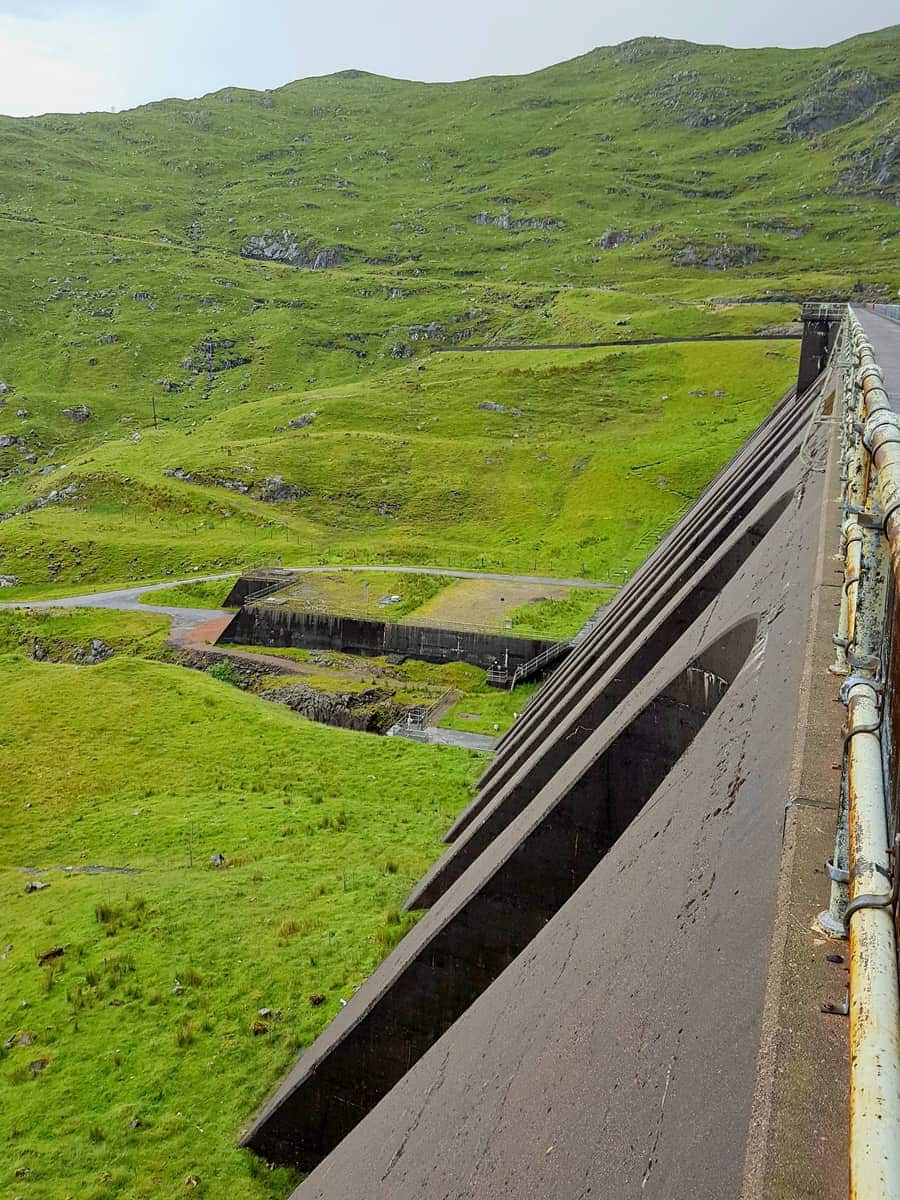
Things to Do
Mountain Hiking: Ben Cruachan is one of Scotland’s most beloved Munros, making it a perfect destination for hiking. With an elevation of 3,694 feet, the journey to the summit offers a challenging climb with breathtaking panoramic views of the surrounding landscapes.
Ben Cruachan Power Station Tour: Visit the ‘Hollow Mountain Experience’, an underground power station where you can take a guided tour to explore the impressive hydroelectric power station. It’s a rare opportunity to learn about energy production while enjoying the awe-inspiring engineering marvel located deep within the heart of Ben Cruachan.
Bird Watching: Ben Cruachan is home to a variety of birds including golden eagles, peregrine falcons, and red grouses. Bring your binoculars (link to binocular reviews) and enjoy a day of bird-watching in the midst of one of Scotland’s prettiest landscapes.
Photography: Ben Cruachan provides endless opportunities for photography enthusiasts. Capture the sunrise or sunset over the mountains, the magnificent views from the summit of Ben Cruachan, or the serene beauty of nearby Loch Awe.
Wild Camping: Experience the true wilderness of Scotland by camping at Ben Cruachan. There are numerous spots where you can set up a tent and spend the night under the stars. If you don’t have a tent, check out these tent reviews.
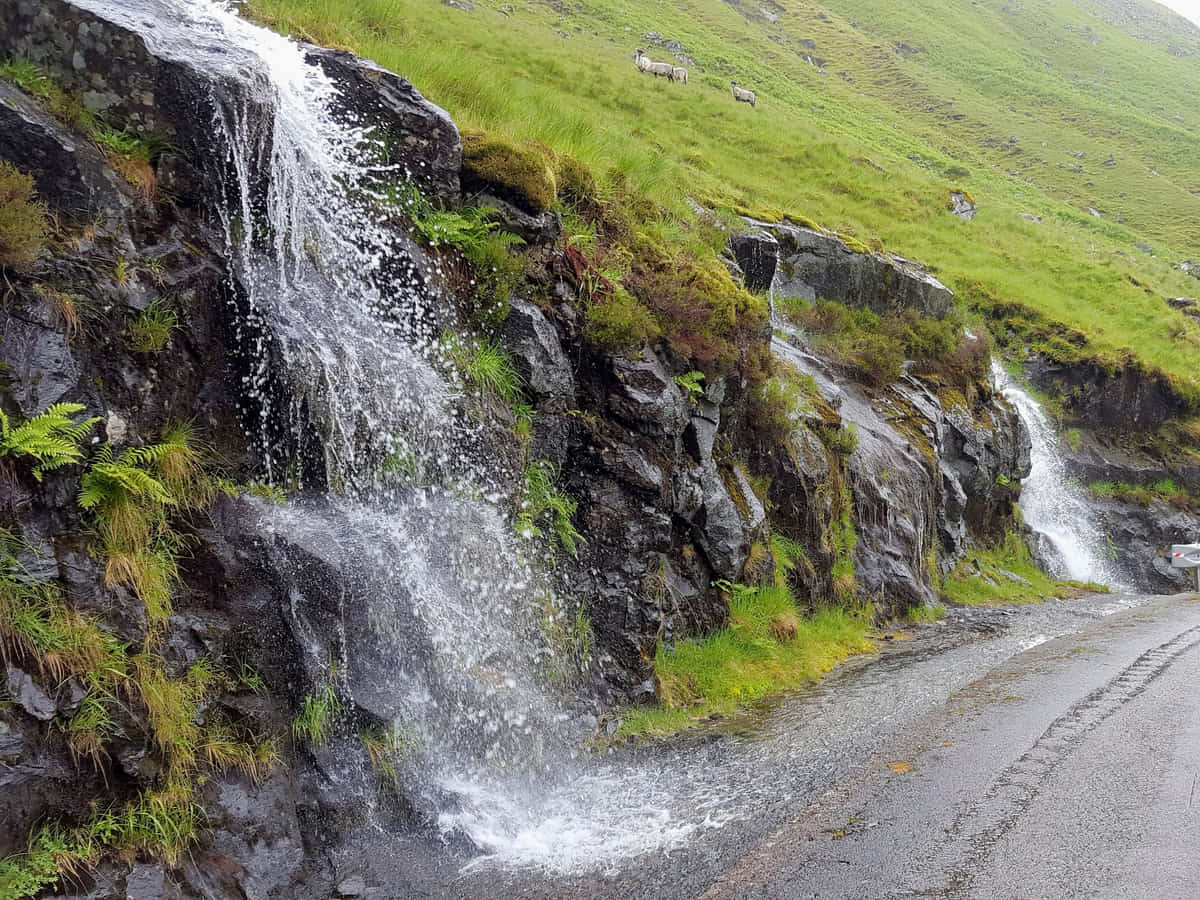
Things to Do Nearby
From St. Conan’s Road, Dalmally PA33 1AL.
Kilchurn Castle. 5-minute drive.
Built in the 1400s for clan Campbell, Kilchurn Castle is now roofless and in ruin. However, its picturesque location on a headland at the foot of Loch Awe makes it one of the most photographed castles in Scotland. There is a large car park with a snack van at the entrance. Entry is free.
Bonawe Historic Iron Furnace. Taynuilt, Argyll PA35 1JQ. 15-minute drive.
A historic ironworks founded in 1753. Bonawe Iron Furnace is located close to Loch Etive and within sight of Glencoe. Visitors can explore the original buildings and learn about Scotland’s iron-making history.
St. Conan’s Kirk. Lochawe, Dalmally PA33 1AQ. 1-minute drive.
One of the most beautiful historic buildings in Scotland, in a similar vein to Rosslyn Chapel. This privately-run church is free to enter and welcomes people to view the ornate stone and woodwork carvings.
Cruachan Visitor Centre. Cruachan Power Station Lochawe, Dalmally PA33 1AN. 12-minute drive.
This attraction takes visitors deep inside the ‘hollow mountain’ to marvel at the power station built underground. The visitor centre is set in a great location next to Loch Awe and it has a gift shop and a café with terrace seating.
Loch Awe. 1-minute walk.
A large, mostly freshwater body of water that is over 25 miles in length. The loch is a popular fishing location with anglers in search of brown trout and salmon. Boats can be hired for sailing on the loch in the summer months.
Frequently Asked Questions
How long does it take to walk to Cruachan Dam?
The there-and-back walk to Ben Cruachan Dam from the A85 takes around 2 hours to complete.
What height is Ben Cruachan?
Ben Cruachan is a Munro in the Argyll and Bute region of Scotland. The mountain has a height of 3,694 feet (1,126 metres). The dam is situated on Ben Cruachan 1,299 feet (396 metres) above Loch Awe.
Can you drive up Ben Cruachan?
Visitors cannot drive up Ben Cruachan, though there is a road from the A85 to the dam. The road is private and only for use by the power station staff. However, visitors are allowed to walk and cycle on it.
Who built Cruachan Power Station?
Cruachan Power Station was designed by Sir Edward MacColl and built by a 4,000-strong workforce. It opened on 15th October 1965 and is still operational today.







